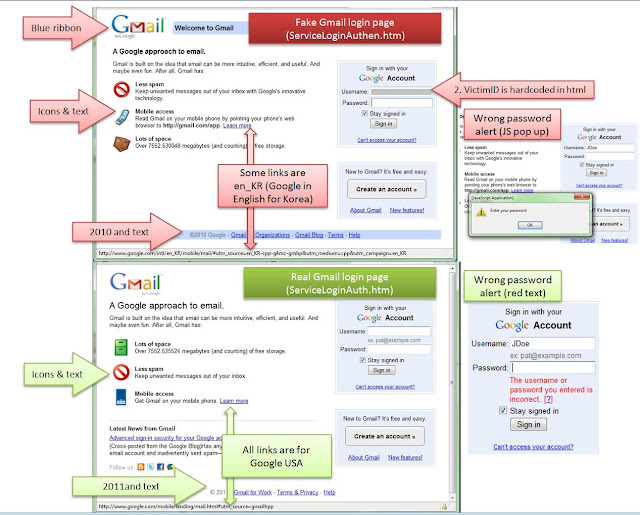21 May 2012 | Asia and Pacific, Digital Freedom, Index Index, minipost
Hacktivists have targeted two Indian government websites, as discussions of internet regulation took place in parliament. The websites of India’s apex court and the ruling Congress party were hacked in an apparent protest against the censorship of some websites by the Indian government. Hacking group Anonymous, who have protested the closures of video sharing websites Pirate Bay and Vimeo, are believed to have been involved in the attacks. Shortly before the websites became unavailable, Anonymous Central Twitter account read: “Namaste #India, your time has come to trash the current government and install a new one. Good luck.”
10 Oct 2011 | Index Index, minipost
Pro-Chavez Hackers in Venezuela have targeted the emails and social media accounts of journalists. Milagros Socorro, director of the site Código Venezuela, announced that hackers attacked her blog, Twitter and emails after criticising President Chavez’s communications ministry. Her Twitter profile image was changed to a bar of soap with the headline “wash your mouth out.” Socorro criticised Minister Andrés Izarra for accusing a foreign correspondent of being unethical and disrespectful to authorities at a press conference in Caracas. It is believed that the group N33, which have launched cyber attacks on critics of the Chavez administration, are responsible for the attack.
10 Jun 2011 | Asia and Pacific, China
The theft of hundreds of Gmail account passwords last week by Chinese hackers from Jinan city in Shandong province left many of us feeling vulnerable. But there are ways in which to avoid becoming the next victim of a phishing scam.
The official Google blog illustrates how phishing scams work. One post warns against clicking on suspicious links in e-mails:
Always be cautious when clicking on links appearing in instant messages and emails, or when asked to share personal information like passwords online.
If you should accidentally click on such a link, you may be redirected to a log-in page. The security blog, Contagio provides an example of the kind of login page that appears as part of the phishing scam.

The distinction between “real” and “fake” log-in pages is actually quite clear. Legitimate sites indicate which country the links belong to and the year in which the text first appeared.

Up until this point, the user is safe. But once the user enters his information in the fake log-in page, it is shared with the hackers who can then set up forwarding accounts in the hacked account to further spread the scam. Further, all mail received by that account is sent to a separate inbox set up by the hackers.
The official Google blog recommends obtaining a verification code set up via your mobile phone, so that you know when you are entering the “real” Google login page.
Also, Google encourages users to check under the “Forwarding and POP/IMAP” option in their e-mail accounts. If an unknown email address is spotted, then the account has been hacked.


15 Feb 2010 | Digital Freedom, Index Index, minipost, Uncategorized
Hackers took control of the website of Agos, a leading Turkish-Armenian newspaper last Friday, the cyber-attackers uploaded images of the alleged murderer of the newspaper’s former editor-in-chief, and winner of the Index on Censorship’s 2008 journalism award, Hrant Dink. The hackers claimed there would be more of the same if the newspaper did not fix its reporting to “the way we see fit”. Agos has regularly published articles about the Armenian genocide.


